When a small partner asked the Xiaobian display on Tuesday, he could finally tell you about the monitor. In addition to the display resolution, the display actually has many technical reference indicators. Only in these complex technical indicators, Xiao Bian picked up the most important points for the moment, I believe we can help with the choice of monitors and even notebooks.

HD is not color
Many monitors or notebooks focus on high-definition screens when they are publicizing. Many buddies will default to high-definition color, which is actually wrong. HD only represents the degree of resolution, and there is a little ambiguity here for everyone to understand. The so-called high-definition (HD) screens are actually more than 720P resolution (1280×720), such as 1600×900 and 1366×768; Full HD is 1080P (1920×1080). The 2K screen is a screen with a resolution greater than 2560×1440, and is sometimes labeled with QHD. As for a 4K monitor, the resolution needs to reach at least 3840×2160, and is often referred to as “UHDâ€. However, these are all resolutions and do not involve color performance at all.
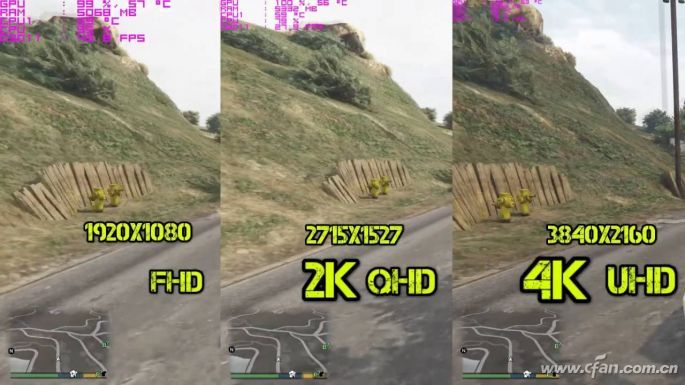
The current display in order to reflect their own color quality, will explain how much their own products can cover the sRGB color, usually more than 90%, but the general monitor to achieve more than 90% sRGB color coverage is not difficult. So if you don't even talk about sRGB, then the color is definitely not much better. Can really reflect the excellent display color from the degree, in fact, there is another standard - NTSC color gamut, just said sRGB color gamut is only equivalent to 72% of NTSC color gamut, so do not be fooled.
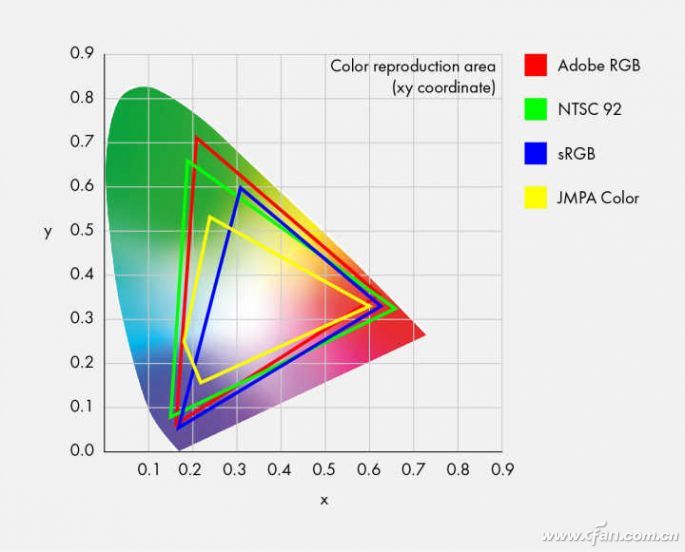
The screen mirror is not as good as matte
Xiao Bian has always been strongly opposed to the glossy screen and praised the matte screen. The reason is very simple - reflective, reflective mirror screen makes the eyes very uncomfortable, even when the boot display screen can see themselves and the surrounding environment through the screen. This not only affects the content of the monitor, but also makes it easier to feel tired. Therefore, when selecting a monitor or notebook, the related product of the mirror screen should not be better.
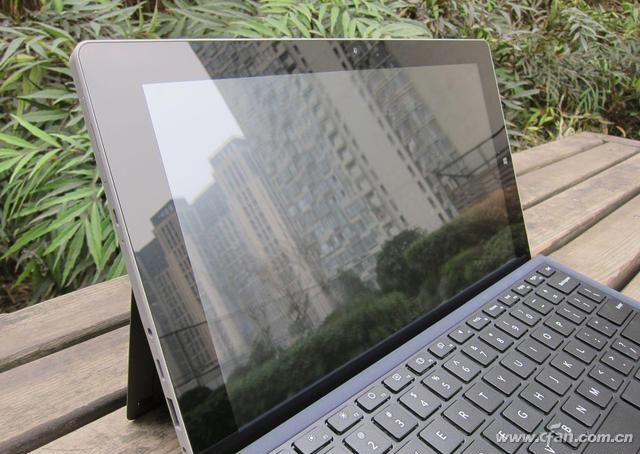
Two images of the game image
Good color does not necessarily mean that the game performs well. Little friends must remember this. The color is the ability to cover the screen color, not much talked about here before; game players are pursuing more of the continuity of the screen, response time. In essence, these are two unrelated appeals. Take the game player's most needed technical indicator - the refresh rate, the higher the refresh rate, the smoother the picture, the lower the refresh rate, the more the picture jitters and tears, and the easier the eyes become tired.
At present, ordinary monitors are all 59/60Hz. For gamers' displays, there are currently 144Hz, 200Hz and even 240Hz. On this basis, AMD and NVIDIA also have their respective refresh rate-specific technical certification standards, that is, the display is refreshed. The rates are roughly divided into three categories:
1. Ordinary display, refresh rate is 59Hz/60Hz;
2. High refresh rate monitor, 144Hz, 165Hz, 200Hz, 240Hz;
3. AMD, NVIDIA authentication protocol display;
For the first time the game player is not talking about, the latter two are much more expensive than the ordinary display, which is a very obvious price difference. At the same time, the third category of monitors with AMD and NVIDIA authentication protocols needs to be further subdivided. AMD's authentication protocol is free and open, so the price is relatively close to the second category. NVIDIA's authentication protocol requires hardware embedding. The price is much higher. The advantage of these two authentication protocol monitors is that they can match the graphics card, and the corresponding frame rate is 1:1 refresh, so that there is almost no problem of frame breakage (the frame rate is not synchronized and tearing the screen, provided that the graphics performance is sufficient).

HDR is also divided into high school, low school
Finally talk about HDR, HDR is actually not new technology, photography or television has long been applied, HDR full name is High-Dynamic Range, Chinese means high dynamic lighting rendering images. HDR can have a wider dynamic range, can provide better contrast and color accuracy, such as movie game players in the black scene, the ordinary display is almost a mass of black, but on the display with HDR, this group of black inside In fact, there is a very accurate image display, so it is very suitable for movie fans and gamers.
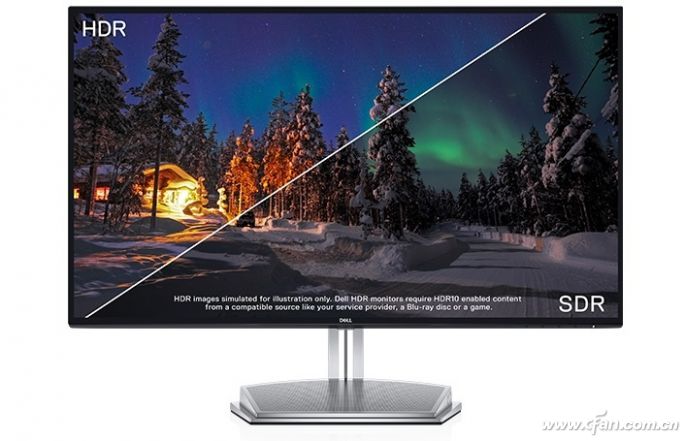
However, in order to implement HDR technology, the display must have relevant hardware design. Therefore, HDR also has three levels of standards on the display. If you intend to start a monitor with HDR technology, you may wish to refer to these standard options - DisplayHDR 1.0. Standards for the LCD products that occupy more than 99% of the market's products are defined in three different levels. The requirements for display brightness, color gamut, color depth and other specifications vary, but all must have a true 8-bit color display panel (market share The rate is about 15%), specifically:
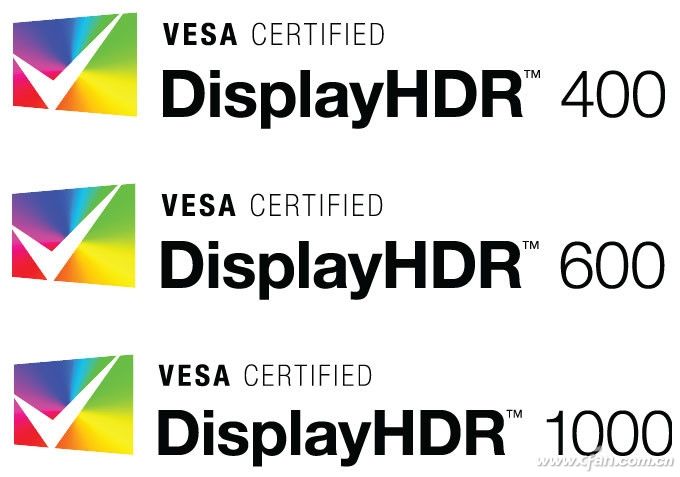
1.DisplayHDR 400, support global dimming, peak brightness is not less than 400nit, global continuous brightness is not less than 320nit, ITU-R BT.709 color gamut (basic and sRGB color gamut is similar) coverage is not less than 95%, and supports HDR-10;
2.DisplayHDR 600, for high-end displays and notebooks, the screen requires 10-bit processing capabilities, peak brightness 600nit, continuous brightness 350nit, black and white brightness response time does not exceed 8 frames, color gamut covers 99% ITU-R BT.709, 90 % DCI-P3 65;
3. DisplayHDR 1000, for professional displays, peak brightness 1000nit, continuous brightness 600nit, while color gamma has significantly improved.
Anti-reflection coating, also known as anti-reflection coating, its main function is to reduce or eliminate the reflected light of optical surfaces such as lenses, prisms, and plane mirrors, thereby increasing the amount of light transmitted by these components, reducing or eliminating stray light in the system, and anti-reflection coating It is an optical coating with a wide range of applications, widely used in daily life, industry, astronomy, military science, electronics and other fields.
Reflective film generally reads metal and medium, and both have a large extinction coefficient. When the light beam enters the metal surface from the air, the amplitude of the light entering the metal is rapidly attenuated, so that the light energy entering the metal is correspondingly reduced, and the reflection Light energy increases. The greater the extinction coefficient, the faster the light amplitude decays, the less light energy enters the metal, and the higher the reflectivity.
The function of the spectroscopic film is to generate multiple paths of light as several directional collimators to calibrate the optical path and improve the measurement accuracy. Considering the different spectral response curves of the light source and the receiving device diode array, the incident light in the optical path needs to pass through multiple spectroscopic film surfaces.
Filter film refers to a film layer that attenuates light intensity or changes the spectral composition. The main purpose is to reduce or increase the color temperature, change the wavelength, block unwanted light, change the color, etc.
Anti-Reflection Coating,Product Reflective Coating,Product Beam Splitter Coating,Product Filter Coatign Products
Bohr Optics Co.,Ltd , https://www.bohr-optics.com